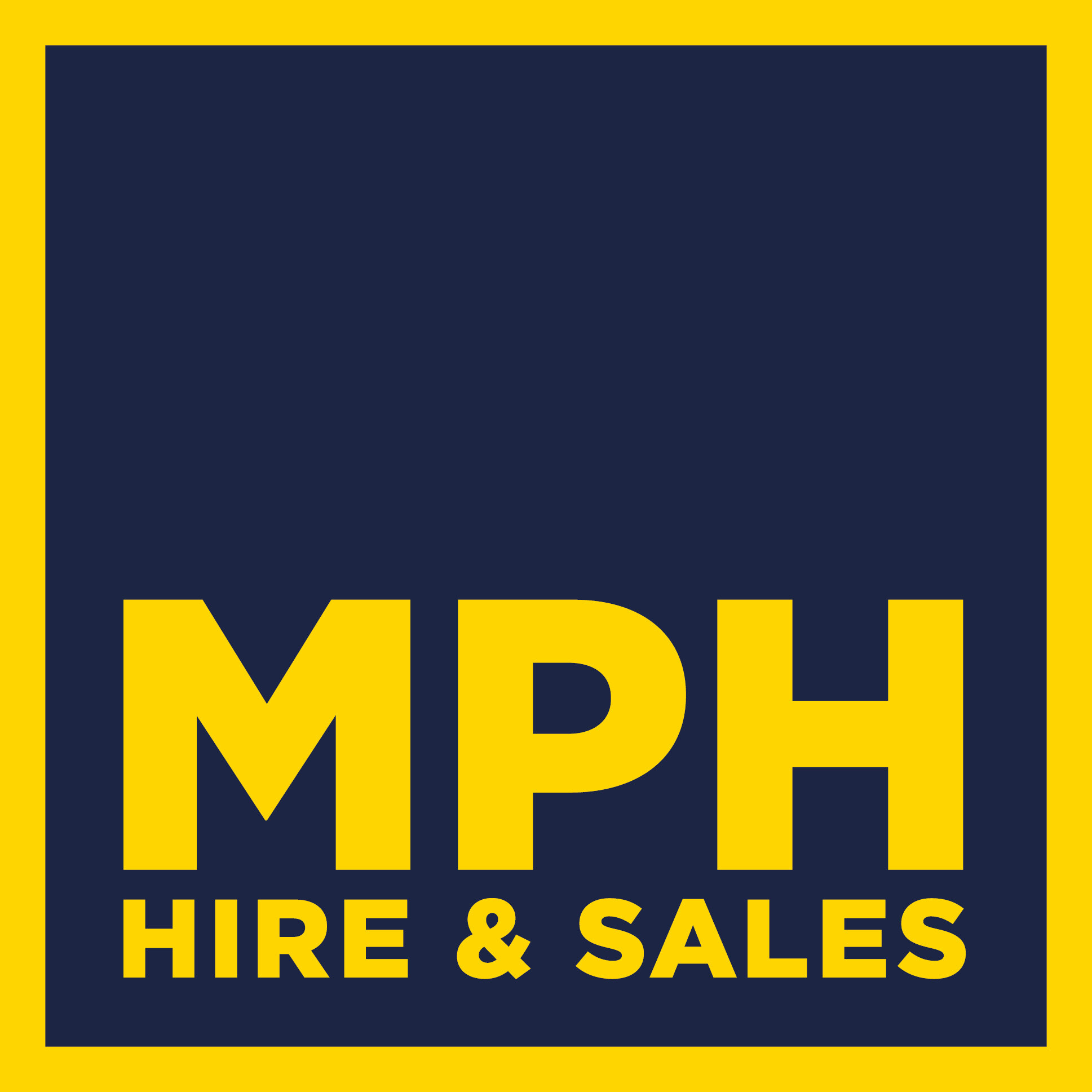Driving safely on construction sites is a key concern as accidents can occur if the proper protocol is ignored. These accidents could cause property damage, injury and even death.
Leading Enfield-based construction equipment hire company Mr Plant Hire summarises here the guidance from the Health and Safety Executive for a checklist to help you protect staff, members of the public and property when using onsite vehicles from skip loader to site dumpers, lift trucks, tipper lorries and excavators.
- Pedestrian-only areas should be established. These must be clearly separated from vehicle routes using fencing or a kerb, be wide enough to safely accommodate pedestrians at peak times, allow easy access to work areas, be kept free from tripping hazards, be clearly signposted and provide safe crossing routes.
- Vehicle-only areas should be established. These should be adequate for the number, type and size of the largest vehicles that use them, have firm surfaces and adequate drainage, be kept free from obstructions, avoid steep gradients and tight bends, have minimal junctions, be clearly signposted and marked, and provide suitable speed restrictions.
- Use trained and qualified drivers. Training certificates and identification should be carefully checked before vehicles are used on site.
- Measures should be taken to avoid common route hazards. Primary routes should avoid hazardous or boggy areas. Vehicle washdown facilities and road sweeping machines should be provided to maintain safe routes and physical barriers should be fitted on roadway edges and around excavations, pits, watercourses and spoil heaps.
- Keep vehicle traffic to a minimum. Avoid unnecessary deliveries and the double handling of materials on site. Plan loading and storage areas carefully.
- Use safe vehicles. All vehicles should provide stability, safe access to and from the cab, effective braking systems, headlights, a horn, windscreen wipers and warning devices, chain drives, trapping points and exposed exhaust pipes, and protection from falls, noxious fumes and bad weather.
- Vehicles must be regularly inspected and maintained. Check braking systems, seatbelts, tyres, steering, visibility aids, lights and indicators, warning signals, wipers, and controls and starting systems.
- Make sure vehicles are driven safely. Reversing should be kept to a minimum and be carried out safely. Mirrors, indicators and warning systems should be used effectively.
- Load and unload carefully. This should be carried out on level ground away from busy areas and overhead hazards, with the brakes engaged. Loads should be evenly distributed without placing too much pressure on the vehicle.
- Make sure vehicles come to a FULL stop. Drivers should not attempt to get in or out of the vehicle while it is moving and the engine should be switched off when not in use.
Safety paramount at Mr Plant Hire
Whatever construction equipment you hire across Enfield or the London area, Mr Plant Hire should be your first port of call.
The long-established Mr Plant Hire plc was founded in 1981 and the Company has always been determined to ensure top quality plant, an excellent level of service and an unequivocal commitment to safety continuing as a top priority.
Our team of plant hire experts are available to visit customers either at their offices or on site upon request, thus providing a personal service with the confidence of getting things right first time, particularly where safety is concerned.
We pride ourselves on both pre-hire and post-hire service which we employ to ensure our customers’ full satisfaction throughout our partnership. Contact the Mr Plant Hire team now for safety advice on your next plant hire.
Source: www.hseni.gov.uk/hsg144_safe_use_of_vehicles_on_construction_sites.pdf
February 23, 2016
